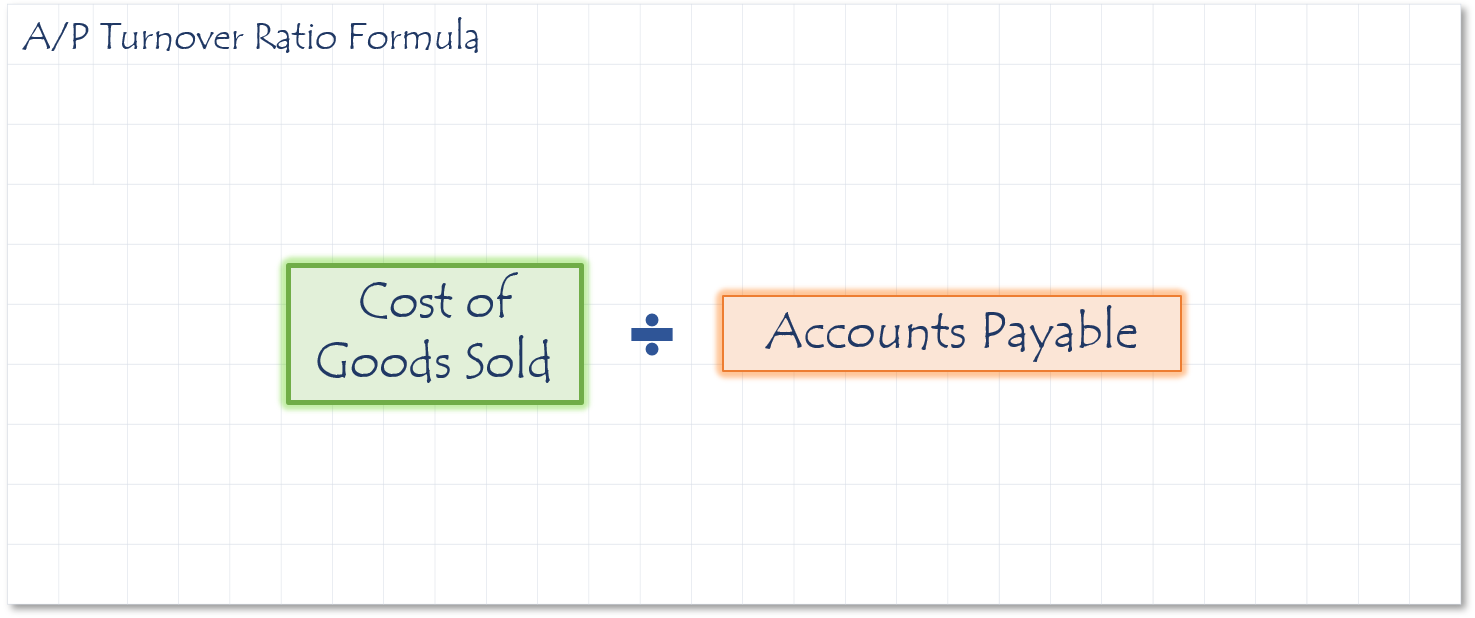

You must also keep an eye on whether there are times during the year when your turnover ratio is consistently high or consistently low. Lastly, you must also take into account the trends in accounts payable turnover ratio over different periods of time.

Compare your ratio with the industry average to get a better idea of where you stand. Ratios that are good for a grocery retail chain might not have the same meaning for a fashion retail brand. You should also take into consideration the accounts payable turnover ratio industry average for the industry you work in. It can, however, serve as a signifier that you need to look into why your company has a low or a high ratio.įor instance, a high ratio doesn’t always mean a good thing because it could also be an indicator of the fact that because of negative payment history you have very short payment terms with vendors. The issue here is that the accounts payable turnover ratio cannot be used on its own to determine a business’s ability to pay its suppliers and vendors. On the other hand, an account payable turnover ratio that is decreasing could mean that your payment of bills has been slower than in previous periods. If you have an increasing or higher accounts payable turnover ratio it probably indicates that, in comparison with previous periods, you have been paying your bills faster. The number of times you paid off your accounts payable balance during a certain period, such as monthly, annually, or quarterly, is what is signified by the accounts payable turnover ratio.


 0 kommentar(er)
0 kommentar(er)
